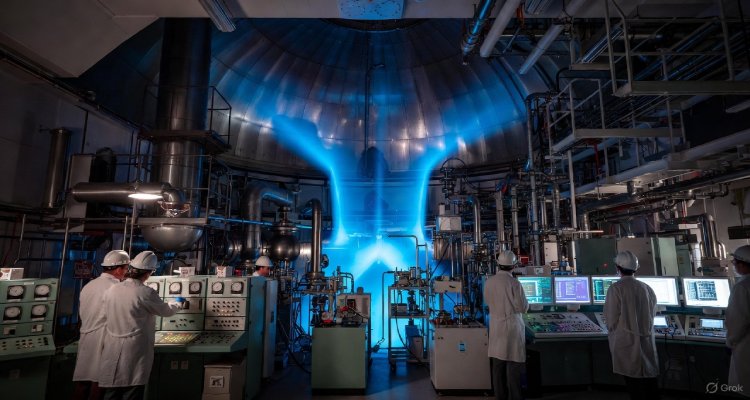The Forgotten Tech That Could Still Change the Future
Once overlooked and left behind, forgotten technologies are resurfacing with fresh relevance—offering solutions to some of today’s biggest challenges.
Introduction: A Past That Refuses to Fade
Not all breakthroughs that shape the future come from the latest silicon chip or AI model. Sometimes, it’s yesterday’s discarded inventions that hold the keys to tomorrow. From abandoned prototypes to sidelined discoveries, forgotten technologies are quietly reemerging—armed with new relevance in a world that faces climate change, energy shortages, and digital saturation.
Context & Background: When Innovation Gets Left Behind
History is full of technologies that were overshadowed by flashier alternatives or lacked the right environment to thrive. Cold fusion experiments of the 1980s, algae-based biofuels from the early 2000s, and even once-hyped airships all became relics of unrealized potential. Yet, as global challenges evolve, many of these ideas are being revisited—not as relics, but as potential saviors.
Take hydrogen fuel cells, for example. First tested more than half a century ago, they were considered too expensive and impractical. Today, with governments seeking greener energy solutions, fuel cells are making a comeback—this time powered by advancements in materials science and mass manufacturing.
Main Developments: Resurrected Ideas in Action
Several forgotten technologies are experiencing a second life:
- Airships: Once dismissed after high-profile disasters like the Hindenburg, modern airships are being redesigned with carbon-fiber bodies and non-flammable helium. They promise low-emission cargo transport in an age demanding sustainability.
- Thermal Batteries: First explored decades ago, they store energy in molten salts or ceramics. With renewable energy’s intermittency problem growing, thermal batteries are attracting billions in investment.
- Analog Computing: Before digital ruled, analog computers solved complex problems using continuous variables. Today, researchers are reviving them to enhance AI training, offering faster, energy-efficient alternatives to traditional processors.
- Vertical Farms with Old Hydroponics: Hydroponic farming dates back to the 1930s, but only now—amid food insecurity and urban crowding—is it becoming viable at scale with LED integration and AI monitoring.
Expert Insight: A Second Chance at Relevance
“History is full of technologies that arrived before their time,” says Dr. Elaine Foster, a technology historian at MIT. “The difference now is that the world’s crises—climate change, overpopulation, resource scarcity—are making us look back with fresh eyes.”
Public reaction also suggests a growing appetite for revisiting these ideas. Social media forums are filled with discussions on retrofuturistic designs, while investors pour millions into startups pitching technologies once deemed obsolete.
Impact & Implications: What This Means for the Future
The revival of forgotten tech isn’t just nostalgia—it’s practicality. If airships can cut aviation emissions, if analog computing can reduce energy use in AI, and if hydroponics can feed urban populations, the implications stretch far beyond novelty.
For businesses, these revivals signal fresh opportunities in industries previously considered stagnant. For policymakers, it’s a chance to reduce dependency on fragile supply chains and fossil fuels. For everyday people, it means affordable energy, sustainable food, and cleaner transport could soon be realities.
Conclusion: Tomorrow’s Breakthroughs May Already Exist
In a culture obsessed with the next big thing, it’s easy to overlook the inventions gathering dust in archives and labs. Yet the future may not lie in undiscovered technologies but in rediscovering and refining what we already had.
The message is clear: forgotten doesn’t mean irrelevant. The past may still hold the blueprint for a more sustainable, resilient, and imaginative future.
Disclaimer :This article is for informational purposes only. It does not constitute professional, financial, or technological advice.











